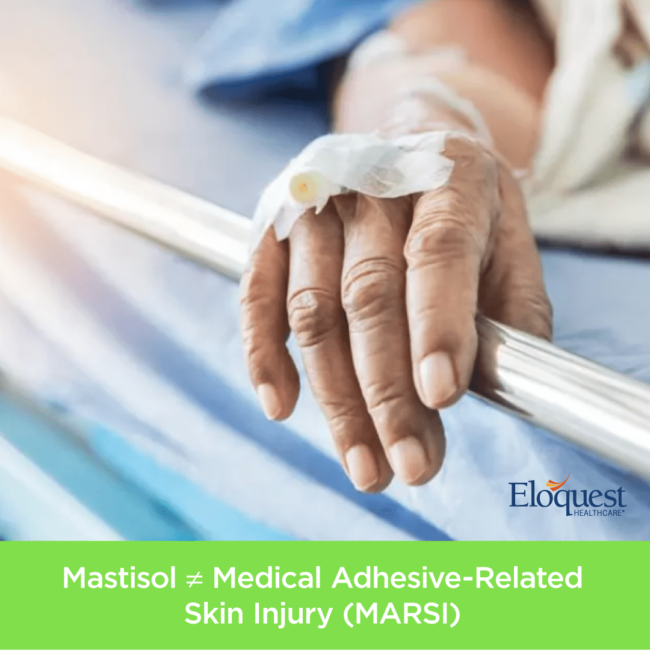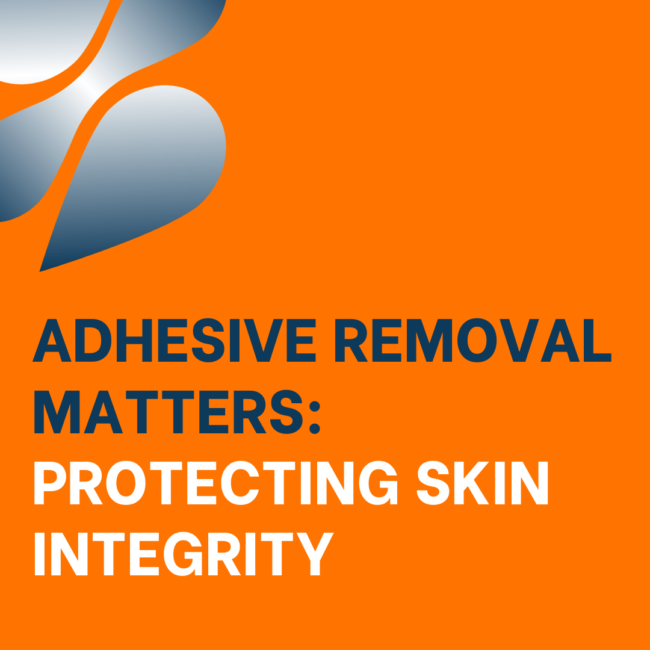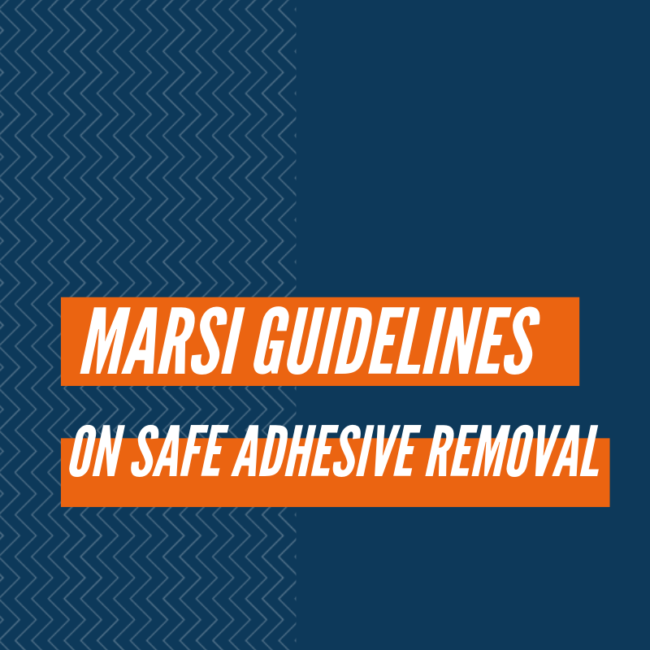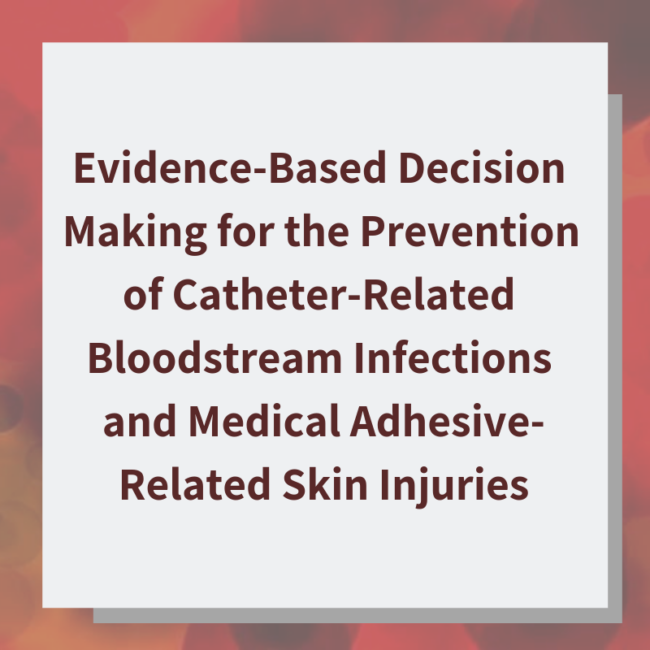Mastisol ≠ Medical Adhesive – Related Skin Injury (MARSI)
The Importance of Skin Integrity Maintaining skin integrity is an important part of infection prevention throughout patient care. Skin is the body’s first line of defense, acting as a barrier to prevent harmful bacteria from entering the body. When this barrier is disrupted, pathogens can enter through the site of injury and cause infections.1 Skin…









